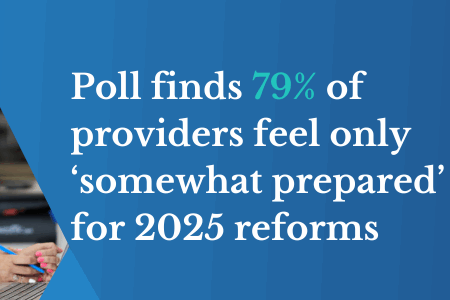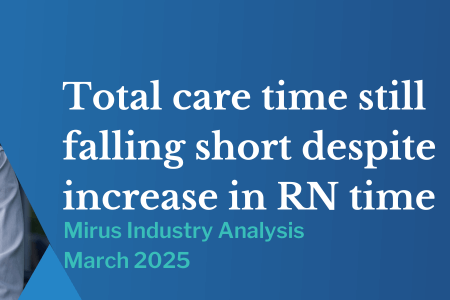Rural care: The next challenge for aged care
February 26, 2016 | Aged Care Management

It’s easy to forget about the aged care sector in areas outsides of the major cities, but the fact of the matter is, many Australians chose to live in some truly remote areas.
In an age bracket where ongoing healthcare, frequent monitoring and even full-time care are often essential, something needs to be done.
@sussanley pledges support for #agedcare future at #tristate2016 @bordermail https://t.co/EdU09fvfWd
— LASA Victoria (@LASAVictoria) February 21, 2016
The growing rural population
According to census data developed by the Australian Bureau of Statistics in 2011, while the majority of older Australians tended to live in major urban areas and those towns in the surrounding parts of the state, a significant number still chose to live in rural areas.
Furthermore, a report assembled by Aged & Community Services Australia and the National Rural Health Alliance found that the health of elderly Australians living in these areas is generally of a lower standard than what’s seen in the cities. The report found they commonly have shorter live expectancies and higher death rates.
According to the Australian Institute of Health and Welfare, some of the primary motivators of the ‘rural health disadvantage’ are geographic isolation, a shortage of health care providers (as well as services) and even poor road quality. This combination of factors quite clearly shows why the population is at a disadvantage.
A leading body comes forward
As is often the case in Australia, change can often be traced back to an industry body stepping up and making a statement. Leading Age Services Australia (LASA) took the initiative here, explaining that most age service providers in rural and remote areas are under strain, and the government needs to take action to help those in these areas.
“While we draw no satisfaction from seeing a report [Financial Issues Affecting Rural and Remote Providers] that confirms most age service providers in rural and remote areas are in serious financial hardship, it puts to rest once and for all any uncertainty held by cynics,” said LASA National CEO Patrick Reid.
He explained that the government now needs to take action on addressing some of the more important rural aged care financial issues.
It’s clear that while government intervention is key here, and will continue to prove essential, equally important is a need to consider new financial sustainability strategies.
With appropriate attention applied to the methods of improving funding, providers will be in a much better position to uphold a high level of care.


